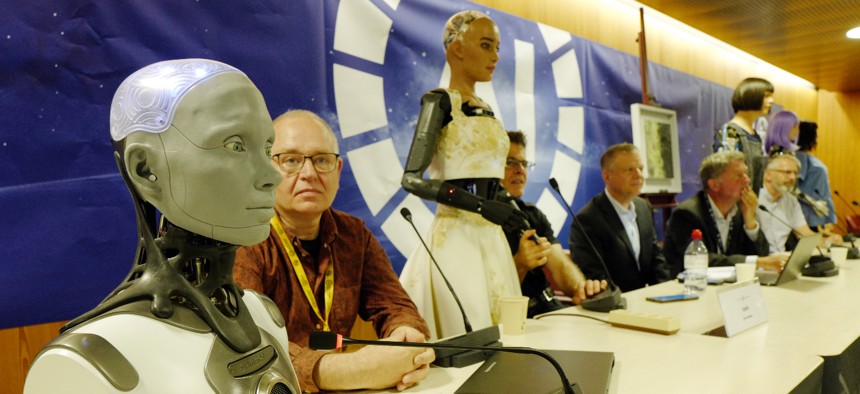Tecnalia has committed itself to combining the intelligence of the human being with the characteristics of industrial robots
The first robots reached the world of industry over 60 years ago. Since then, for security reasons, they have performed their work isolated in cages, and that prevented collaboration between workers and machines. The research centre Tecnalia Research & Innovation is embarking on a new era by incorporating into European industry the first robot capable of working shoulder to shoulder with people. There are two aims: to improve the capacities of the workers in conditions of safety; and to increase the competitiveness of the factories in international markets. For this it has the robot Hiro, Japan’s most closely guarded secret in recent years in the sphere of industrial robotics.
Assisted by Tecnalia, the robot Hiro has made its first trip outside Japan. For years, Japan, the leader in industrial robotics, has been developing this technology while regarding it as “protected national heritage” which it did not share beyond its frontiers. But now it has placed its trust in Tecnalia, so that Hiro can be adapted and join companies worldwide, starting with Europe.
Through Hiro, Tecnalia is aiming to ensure worker safety, increase the capacities of European manufacturing plants, and fight off the competition existing in international markets. So it has committed itself to combining the intelligence of the human being with the characteristics of industrial robots, since 99% of the tasks are more efficient if the two are combined. What is new about Hiro is that it is a social robot, in other words, it is built to share working space with people in conditions of absolute safety, and should it come into physical contact with any human being, it is programmed to stop automatically. It should be added that robots will undertake to carry out tasks that could signify a health hazard for the workers, and that way staff safety can be guaranteed to a maximum.
It is reckoned that within six years 60% of the industrial base state-wide that performs final product assembly work will have this type of robot on its production lines.
via Science Daily








